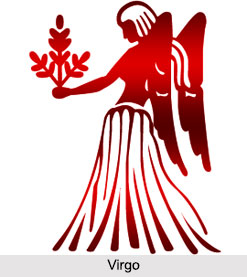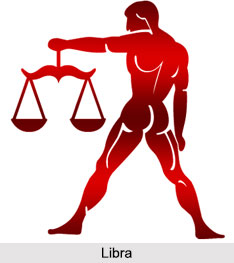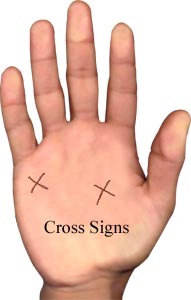 Planetary System in Ancient Hindu Astronomy which has been the biggest contribution of the Vedic period which had been elaborately discussed in the Mandukya and Chandogya Upanishads for the first time produced an authentic and mathematically calculated science of astronomy which was based on the twin disciplines of Arithmetic Mathematic and Astronomy. The Planetary system of ancient Hindu astronomy mainly includes a study of Sun, Sun`s ecliptic path, Solar eclipse, the Earth, the moon, Rahu and Ketu, the Planets, the Nakshatra and Constellations.
Planetary System in Ancient Hindu Astronomy which has been the biggest contribution of the Vedic period which had been elaborately discussed in the Mandukya and Chandogya Upanishads for the first time produced an authentic and mathematically calculated science of astronomy which was based on the twin disciplines of Arithmetic Mathematic and Astronomy. The Planetary system of ancient Hindu astronomy mainly includes a study of Sun, Sun`s ecliptic path, Solar eclipse, the Earth, the moon, Rahu and Ketu, the Planets, the Nakshatra and Constellations.
Sun in Planetary System in Ancient Hindu Astronomy
Planetary System in Ancient Hindu Astronomy begins with locating the Sun in the centre of the universe and provides with a description of the Universe which was believed to be divided into three distinct regions namely the Earth, the Firmament or the Antariksh and the heaven; which is further divided into three fold subdivisions. The sun through its sojourn illuminates these regions and their subdivisions which have been expressed through various hymns and verses of Rig Veda.
Planetary System in Ancient Hindu Astronomy regards the Sun to be the main source of power which controls the flow of floods and winds and is the maker of time through the alteration of day and night, twilight, month and year. Every time it changes its position the sun creates a new day followed by a new night which has been categorised as the dark face of the sun. The Vedic scriptures then take up the formation of the Sun`s path, the ecliptic to describe the movement of the Sun through a particular path.
Sun`s Path, the Ecliptic
Planetary System in Ancient Hindu Astronomy then refers to what has been mentioned as the Sun`s path. Lord Varun has been regarded for creating a path for the sun through which the Sun is supposed to travel. Elsewhere this path has also been mentioned as Aryaman`s Path. The Aryaman`s path which has been referred as the path of the sun describes the sun`s rotation through out the year which goes northward in half of the year and southward in the remaining year which in turn controls the seasons of the earth.
 Moon in Planetary System in Ancient Hindu Astronomy
Moon in Planetary System in Ancient Hindu Astronomy
Planetary System in Ancient Hindu Astronomy then refers to the existence of Moon which is the next conspicuous object in the universe referred in the Vedic literature as the Chadrama or Soma. It does not have its own beams or rays and derives all its light from the Sun where it has been regarded as newly born or born afresh which shall remain new for ever. The Vedas divide the month into the days before a full moon, the day of full moon, the day after the full moon and the day without any moon each given a specific name. The intervals which are marked between the full moon day and a new moon day shall decide the days of a month as this shall signify the movement of the moon around the earth. This was significant for the scholars of Vedic age as they in the long run created a lunar calendar which could accurately mark the days of the land.
Solar Eclipse in Planetary System in Ancient Hindu Astronomy
Planetary System in Ancient Hindu Astronomy also refers to the process of Eclipser which would rotate between the solar eclipse and lunar eclipse. The Rig Veda version of Svarbhanu made a reference of Eclipse which is referred as asura which shall pierce the sun into darkness so completely that would bewilder the earth into complete darkness and motionless which shall be recovered with the magical powers of Atri`s power of prayers who shall recover the sun and restore its earlier position. The frequent reference of Atri and his powers refers to the dependence of the society on the Brahmin class for growth and rescue.
Earth in Planetary System in Ancient Hindu Astronomy
Although there is hardly any mention regarding the shape of the Earth in the Vedic Age, it goes much closer when it refers to the shift of the day which begins after the dawn. While some of the Hymns of Arthavaveda refer to the shape and rotation of the earth around the Sun, any practical conclusion has been deliberately avoided.
Planets in Planetary System in Ancient Hindu Astronomy
Planets have been mentioned in the Maitrain Upanishad. The Vedic literature gives the name of lords to each planet which are located in the asteronomical calculations.
Rahu and Ketu and the Nakshatras of the universe
Along with the other planets the Indian astronomy adds two new eclipse which are known as Rahu and Ketu which are mentioned in the Atharvaveda and the Chandogya Upanishad while Ketu is mentioned in the Mahabharata.



















